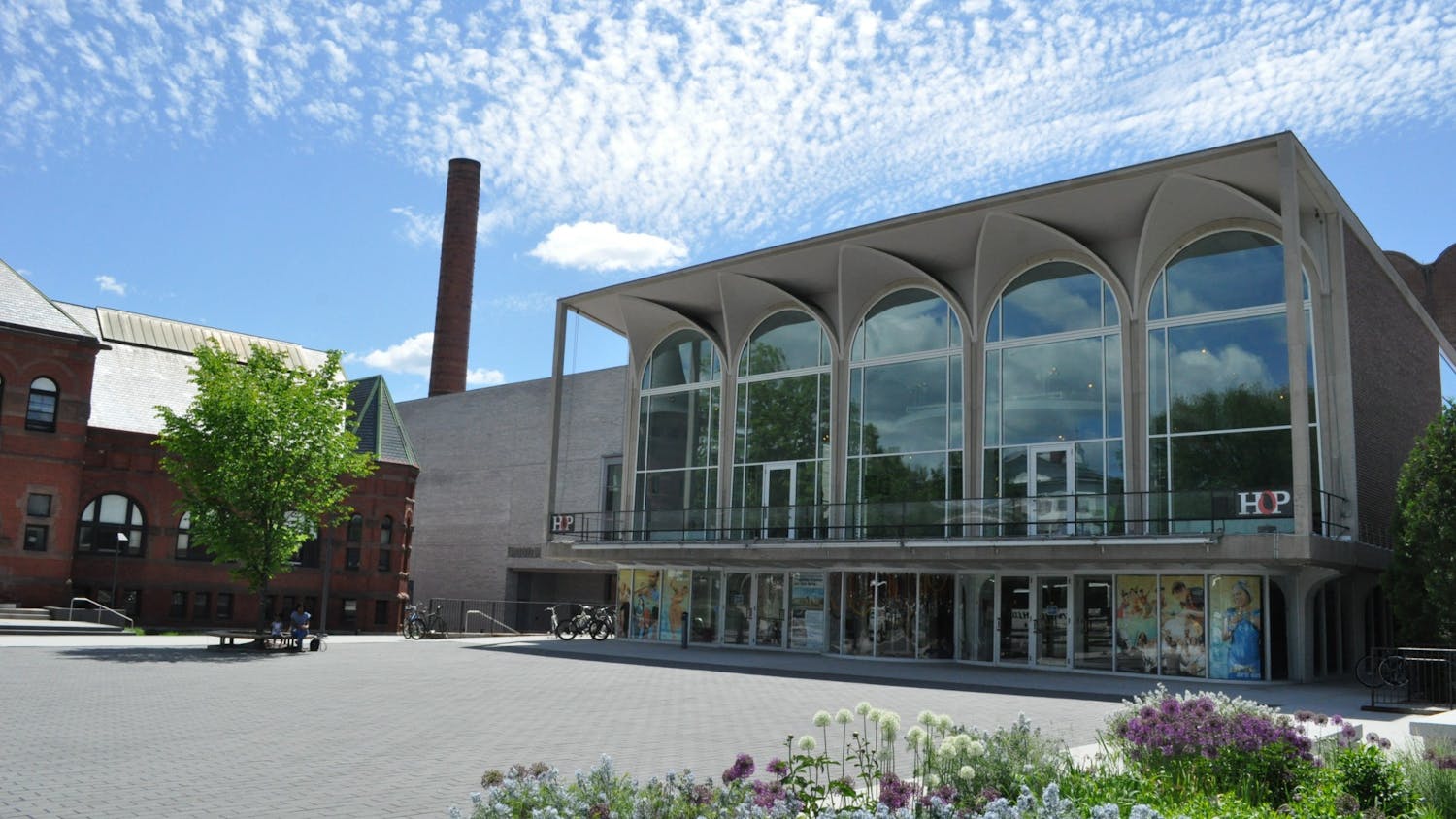The award-winning documentary "Ink Across Time," a Dartmouth-made film about the process of engraving, will premiere Friday at 5 p.m. in Loew Auditorium. The documentary takes the audience through the process of creating an engraving using the methods and materials of the 17th century, studio art professor Louise Hamlin said.
The documentary was a collaboration between the Hood Museum of Art, the studio art department and the Media Production Group, and was edited by Sawyer Broadley '08, Hamlin said.
The idea for the documentary originated when Hamlin met an alumnus who had recently purchased a 17th century antique engraving plate, she said. The alumnus agreed to lend the plate to the Hood Museum so that Dartmouth students could create a print from it in the studio art department's printmaking shop.
"The idea was very exciting that we could print something that hadn't been printed in 350 years," Hamlin said.
Because the antique plate was too fragile to use for multiple prints, Hamlin said she came up with the idea to make a documentary about the process.
"It seemed like we had this wonderful experience, so we might as well make it permanent in some way so a lot of people could see it," she said.
Hamlin went forward with the project after receiving a grant from the Dartmouth Media Production Group. She enlisted the help of Michael Sacca, senior producer of the College's Media Production Group, to work on the filming, and the pair began interviewing and filming numerous people with knowledge of the printmaking process in 2004.
The team went to great lengths to incorporate processes that would have been used in the 17th century, Hamlin said, and brought in a local printmaker to act as a "master printer."
Barton Thurber, curator of European Art at the Hood Museum, described the iconography of the print and the history of the studio art department's printmaking shop in her interview for the documentary. Thurber also compared the print from the 17th century plate to contemporary prints, Hamlin said.
Hamlin and Sacca also travelled to Middlebury College to speak with a professor who teaches a course on engraving. Another dialogue in the film comes from an ink-maker, who specializes in the Renaissance method of making inks.
"The film got broader and broader with the different aspects of what goes in to making a print," Hamlin said. "You go to a museum and you see this thing on the wall, and it looks almost mechanically reproduced, but there's so many personal elements that go into it so much handiwork from different people that we thought that it would be interesting for people who see prints to understand how much goes into the actual making of one."
While the actual filming of the documentary went relatively quickly, Hamlin said the entire process of completing the film has taken about five years because the film sat on the shelf for a couple years while she and Sacca were busy with other projects. It was their commitment to the project, however, that caused them to apply for another grant from the Media Production Group to hire Broadley to help with editing, she said.
"[Broadley] did a lot on his own, he was great," Hamlin said. "Without him, we never would have been able to finish it."
The film has seen success thus far: from a field of over sixty feature films, "Ink Across Time" won a Circle of Excellence Gold Medal from the Council for the Advancement and Support of Education, and a distributor has expressed interest in the documentary, Hamlin said. The goal of making the film was to educate others, especially students, on the printmaking process, Hamlin said.
"It seemed like a unique moment, with all these people gathered around this unusual opportunity to print something 350 years old and to literally bring the 17th century into the classroom," Hamlin said. "It seemed too special to let it go by without recording it in some way and letting other people learn from it I want people to notice how much of a hand is involved in making art."



